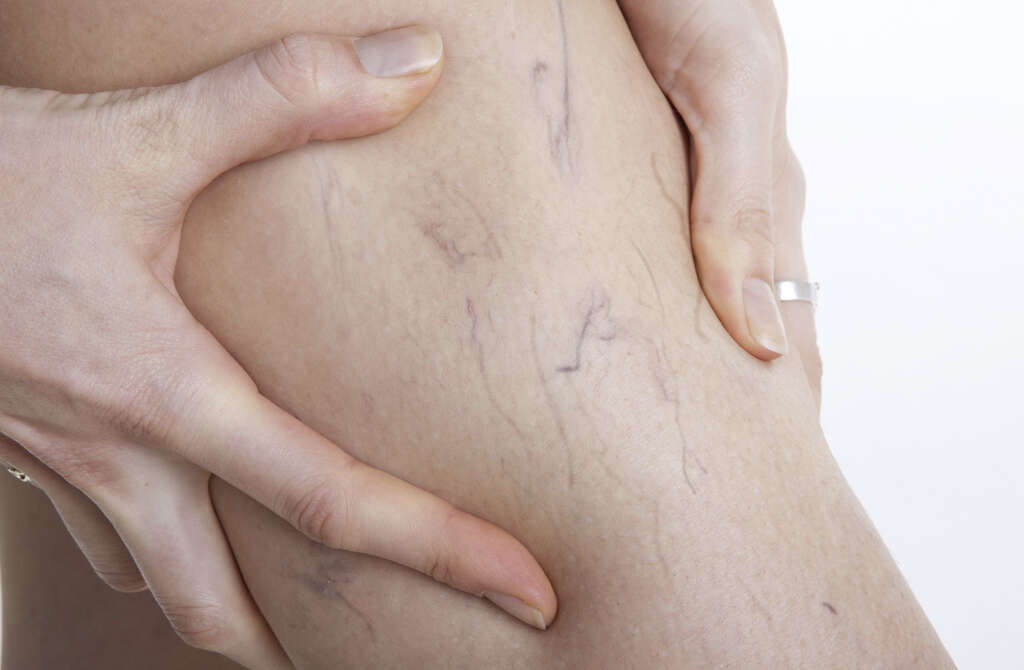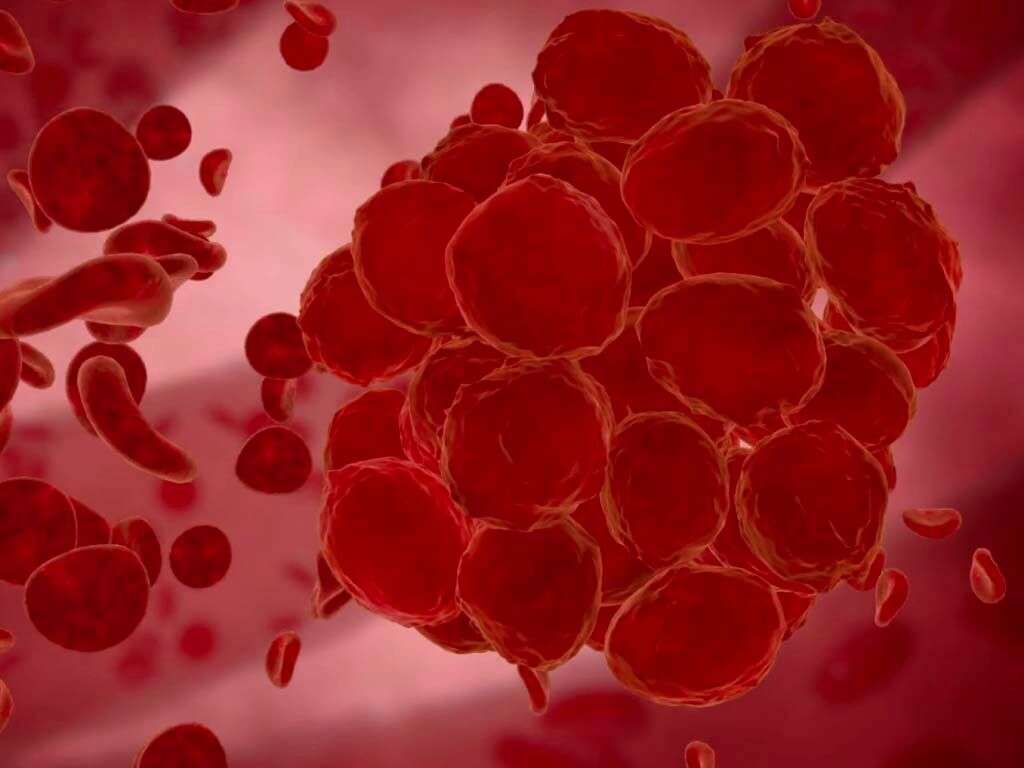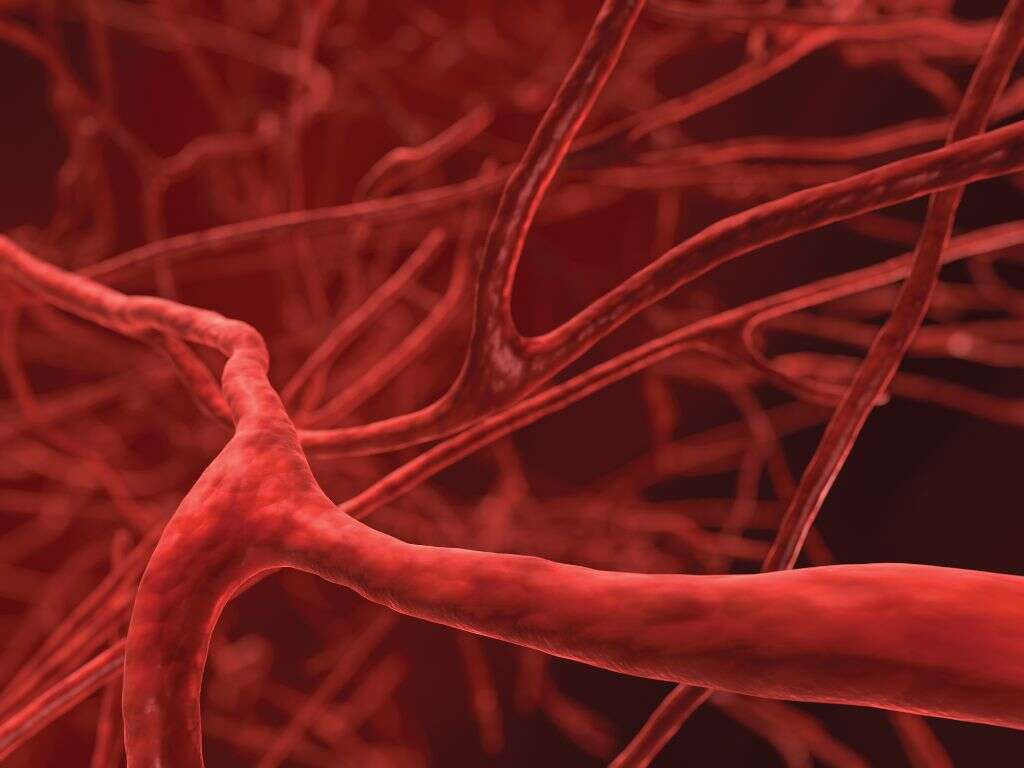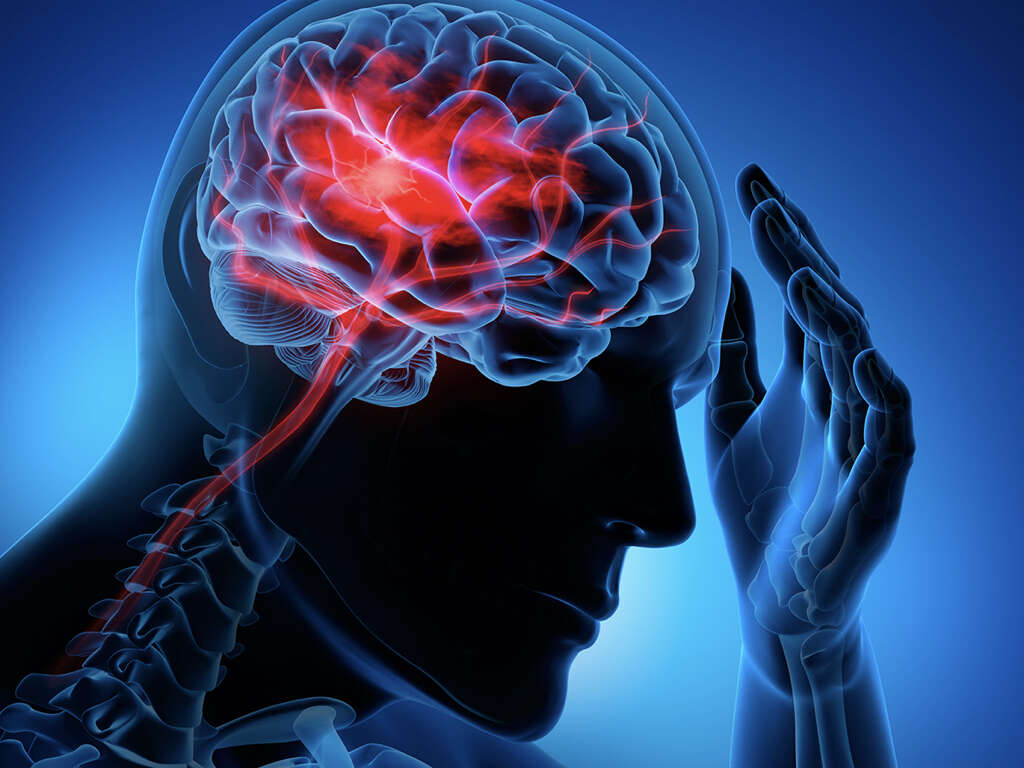Signs of DVT
It is very important that we take good care of our cardiovascular system. We need it to be in good condition for the sake of our health, and our very lives can be at risk if there is a serious problem. Unfortunately, there are problems that can arise, even in people that are otherwise healthy.
Deep vein thrombosis (DVT) is the medical name for a blood clot in one of your veins. Depending on the severity of the clot it can restrict the flow of blood through the body. It can also lead to further complications that can be extremely dangerous for the patient. The following are signs of a DVT in the leg.

1. No Symptoms
Deep vein thrombosis is potentially a very serious condition. However, that does not mean to say that all people with the condition will show serious symptoms or problems. Indeed, a lot of people with the condition will have no symptoms at all.
Even if there are no symptoms, however, it does not mean to say the condition is harmless. It often does not take long for the condition to worsen to the point where it can be an immediate danger, if it isn’t already. Regular check-ups can help to spot problems early on in their development, making treatment easier.

2. Pain
When symptoms do arise, one of the most common of all is pain. The pain will understandably be located in the area where the clot is, and some patients describe it as though they have a muscle cramp or spasm. In cases of deep vein thrombosis, the patient will have difficulties in making the ‘cramps’ go away.
Some people might find that they only feel pain when they are standing or walking as the blood pressure in the area is increased. If you do have a pain of this nature and it won’t go away then you should consider finding out what is causing it.

3. Pain When Bending Foot
Some people that do have pain with deep vein thrombosis will feel no pain when relaxed. It is often only when they stand or walk that some will start to feel pain. As mentioned, this is because of the contractions of the muscles and the increased blood pressure in the region.
Another time that people with the condition might feel pain is when they bend their foot. Bending the foot when there is already high pressure in the area can squeeze the area further, causing an increase in pain. People with the condition will often need to stay in a comfortable position without moving to avoid discomfort.

4. Swollen Leg
A blood clot will form a kind of barrier that partially prevents blood from passing through. Because the flow of blood is impeded, so it will begin to accumulate in the blood vessel at the site of the blockage. This can cause the legs to begin to swell as the fluid builds up in the area, in the same way a balloon would inflate if fluids were poured into it.
This swelling is often very noticeable and can contribute to a lot of the pain that the patient is experiencing. It can cause real problems in severe cases, and it should be addressed before it gets too serious.

5. Warmth
As warm-blooded animals, we are able to regulate our own body temperature. This is achieved largely by chemical processes that generate heat when we metabolize our food. Our cells will also generate heat, and heat is also carried in the blood. As a result, our bodies feel warm to the touch all over.
If part of your body feels warmer than the rest, however, then it is a sign that there might be something wrong. If the warmth is in the leg and in an area that is swollen and red, then it may well be down to a case of deep vein thrombosis.

6. Redness
Your skin can turn red for a number of reasons. It might be down to something irritating the surface or maybe the flow of blood is increased due to exercise. It can also be a sign that you have deep vein thrombosis. This is partly because of the accumulation of more than usual blood in the area as its flow is impeded.
The increased pressure of blood in the veins can also irritate the surrounding tissues, and this can also cause the area to become redder. Bear in mind that discoloration can be caused by a wide range of things, some of which are dangerous. As such, you should get it checked out if it persists.

7. Skin Discoloration
While the area can become red in color, the patient can also find that the skin in the affected area takes on a white/bluish hue. This happens when red blood cells are broken down in the region under the high pressures involved. Blood vessels can also become damaged under the pressure, meaning that some areas of skin will not be fed directly with blood.
In some instances, this can cause the skin to become flaky and dry. The inflammation of the skin can also lead to other skin conditions like eczema. In more severe cases, skin ulcers might develop and these can also result in infections.

8. Swollen Veins
Some of our veins are visibly noticeable from the surface of the skin, but not usually significantly so. They might be more noticeable when we have been exercising and the flow of blood is increased. They can also be more noticeable if the blood is prevented from flowing through freely.
One strong indicator that somebody has deep vein thrombosis is that the patient’s veins become far more visible than usual. They can become swollen and become a deep red/purple color, helping to clearly outline where they are. The veins can also be quite hard to the touch due to the pressure of blood building up, and they can also be tender.

9. Chest Pain
Deep vein thrombosis is not necessarily a dangerous condition in itself. It is still a very good idea to get it treated, however, and not only to relieve the pain and other symptoms. It should be treated because, if it isn’t, then it could pose a very real threat to the patient’s life.
A blood clot in the legs can become dislodged and travel through the network of blood vessels and find its way into the patient’s pulmonary artery. This is a condition known as a pulmonary embolism. It is potentially very dangerous indeed because it can mean that blood is no longer able to enter the lungs. A sharp chest pain is a sign that this might have happened.

10. Breathing Difficulties
In cases of a pulmonary embolism, the blood will not be able to get the oxygen that it needs from our lungs. This then means that the body will be starved of oxygen, but the patient will have difficulty getting the oxygen because of the blood clot.
If you have a deep vein thrombosis and you experience sudden breathing difficulties, then you should get medical attention straight away. The lack of oxygen can also mean that people with the condition will are prone to fainting. The seriousness of the condition means that it is a very good idea to treat the symptom as an emergency.









